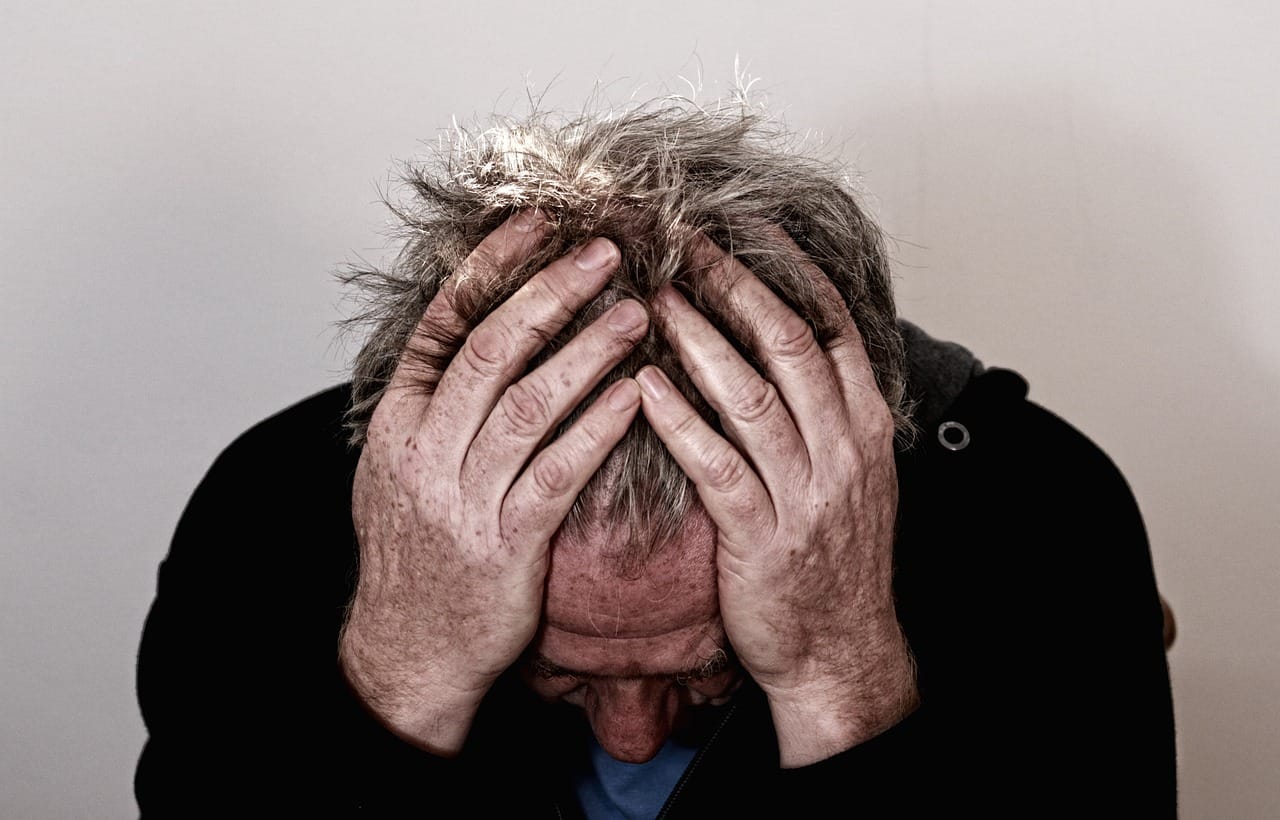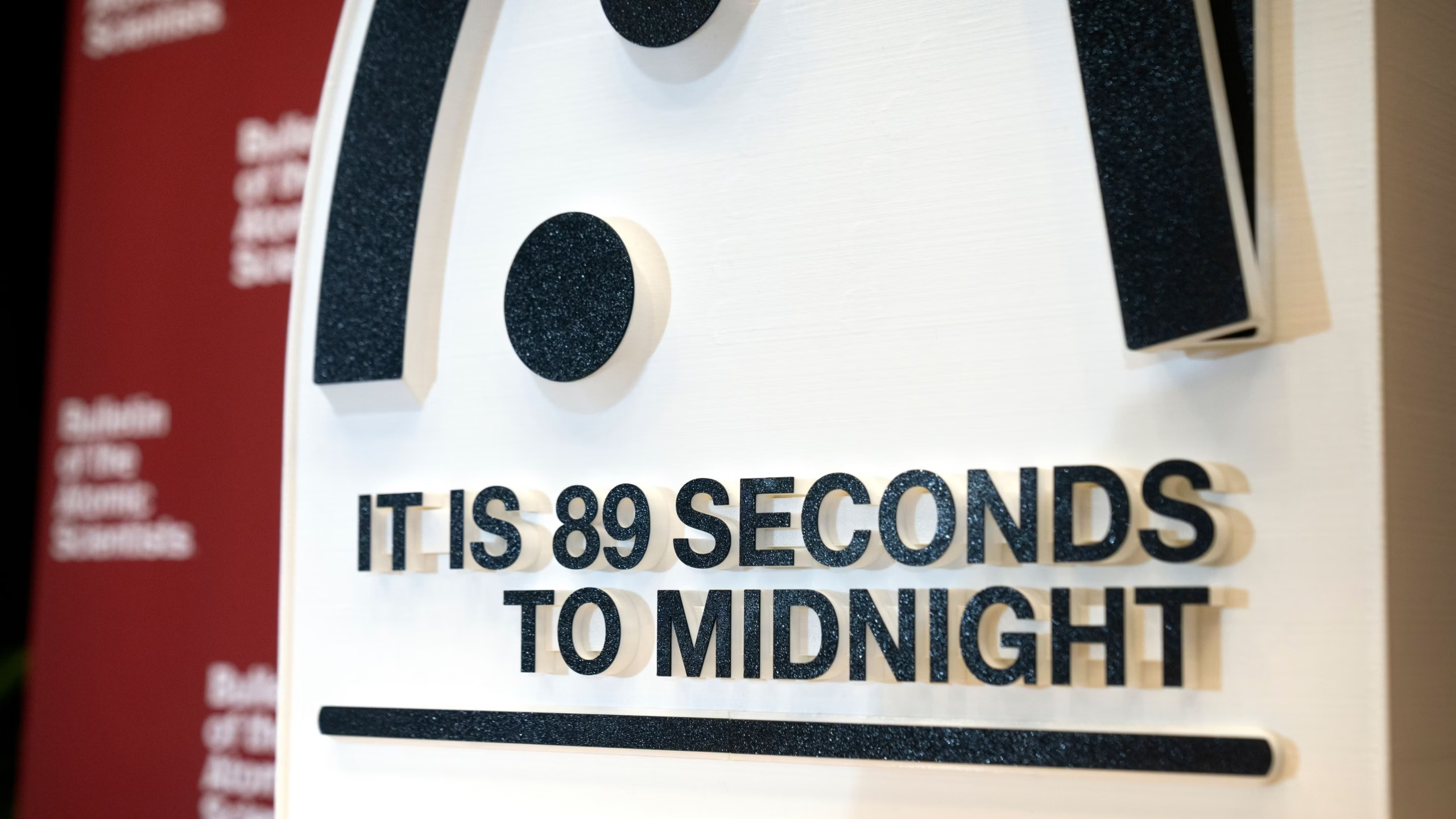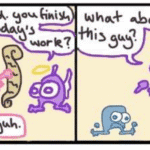On 28th January, the Bulletin of the Atomic Scientists made a historic update to the Doomsday Clock, moving it from 90 to 89 seconds to midnight—the closest it has ever been since its creation in 1947.
But what exactly is the Doomsday Clock? Who runs it, what does “midnight” mean, and why are we now just 89 seconds away?
The Bulletin of the Atomic Scientists: A Warning System for the World
The Bulletin was founded in the aftermath of World War II by scientists who had worked on the Manhattan Project. Troubled by the implications of nuclear weapons and other emerging technologies, they aimed to inform the public and policymakers about existential threats to humanity. They warned that the atomic bomb might be “only the first of many dangerous presents from the Pandora’s Box of modern science”—a prediction that, in hindsight, feels chillingly accurate.
Today, the Bulletin focuses on four key areas:
Nuclear risk (including proliferation, safety, and waste)
Climate change
Disruptive technologies (like AI and cyber warfare)
Biosecurity (including threats from pathogens like COVID-19)
What Is the Doomsday Clock?
Established in 1947, the Doomsday Clock is a symbolic timepiece. Its goal? To represent how close humanity is to catastrophic self-destruction, mainly due to our own technological creations.
“Midnight” represents the moment of irreversible global disaster—whether from nuclear war, climate collapse, or another human-made catastrophe.
The closer the clock is to midnight, the greater the perceived risk to humanity’s survival.
Why the Change—And Why Now?
The Bulletin’s decision to shift the clock even closer to midnight comes in response to a series of global developments, including:
The deterioration of nuclear treaties
Expansion of nuclear arsenals by the USA, Russia, and China
Proposals to integrate AI into autonomous weapon systems
The accelerating impacts of climate change, from wildfires to water shortages
Ongoing failures to reduce global emissions at the scale needed
Taken together, these risks suggest a world where global cooperation is faltering, and technologies once meant to help humanity are now posing existential dangers.
Is There Hope?
Yes—and that’s what makes the Doomsday Clock unique. It can move forwards or backwards.
The Bulletin emphasizes that it’s not a prophecy, but a call to action. With coordinated global effort, the hands of the clock can be turned back. That means renewed diplomacy, better regulation of emerging technologies, serious climate action, and greater investment in global peace and health security.
In a world teetering just 89 seconds from midnight, the message is clear: the future is still ours to shape—if we act in time.









